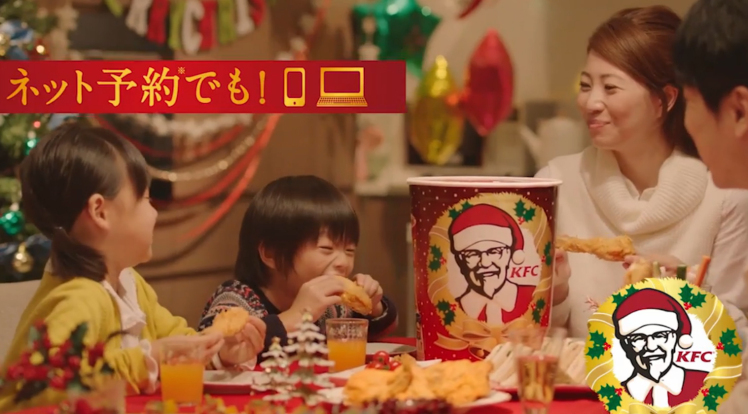So far, the concept of “home” has been fuzzy to me. Initially I perceived my “home” in relation to Asian-American pop culture, to be Asian-American pop culture, as that was one of the few “places” I felt safe, could be myself and for the most part could connect with other people. Specifically it’s Japanese pop culture and the following it has here in the US, which you can see at conventions such as Sakuracon in Seattle every April. It was one of the few areas where I found common ground and values within Japanese culture as a whole, I could identify and actually express myself with.
But if I use Japanese culture as my “home”, then I would be mashing together two parts of the Venn diagram we were shown. So I pulled back and made my definition of “home” broader, looking at what part of myself it was that had found comfort in Asian-American pop culture.
Trying to figure out the part of me that traditional American culture and ideals had rejected and left “homeless”. The part of me that was not “white” or “colored” enough to be accepted by either and to be called a foreigner by both (I mixed-race, Cherokee, Sami and European). The part of me that was told to be silent, because my viewpoints, opinions and ideas were not welcomed and at best were ignored.
During the workshop, a common thread of words kept reoccurring when I was looking for my “home”. “Creativity, books, paper, art, games, internet, computers, exploring, connecting, sharing, learning, internal, external, escape, dreams, identity, real-self,” and so on. What I got out of these worlds was my struggle to find and express my own identity, my internal self, with the world around me. And the place that was most comfortable, my “home” was who I knew I was on the inside, which was always in conflict with what the society around me wanted me to be on the outside.
And what Japanese culture and pop culture had done for me was provide a common thread that I could connect and share my own values and self with others also along this thread, enabling me to express who I really was and make the long and many times when I was alone, much less alone knowing there were others and I just had to wait to meet them.
The concept of a common culture being what brings people together, their internal selves rejected by the societies around them, even though they all come from completely different walks of life.
And I want to explore that in relation to the Japanese media, starting with the anime that helped me find it myself called Eureka Seven.




